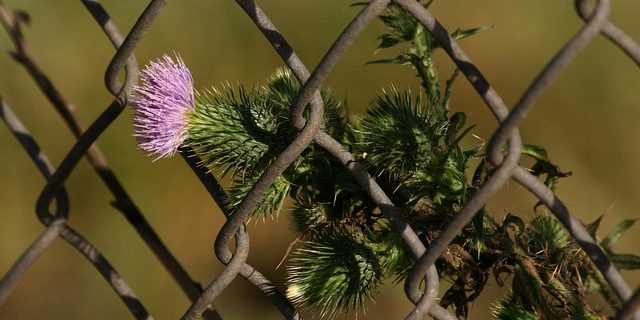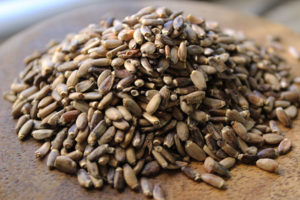History
The documented medical use of Milk Thistle dates from the first century A.D., when Pliny the Elder advocated mixing its juice with honey to treat liver issues. Its presence in traditional medicine is near-ubiquitous across multiple continents.
From China, where the seeds are called “Shui Fei Ji,” to sixteenth-century England, where it was recommended by John Gerard to treat depression, this hardy weed of a plant seems to pop up everywhere that liver-related problems require attention.
Liver Benefits
Hepatocytes make up about three quarters of the liver’s mass and are critical to the metabolism of proteins, carbohydrates, and fats. They also neutralize otherwise-lethal toxins.
Silymarin, the extract of Milk Thistle, accelerates the natural turnover process of hepatocytes, stimulating new growth while eliminating cancerous or damaged cells.
Evidence suggests that silymarin also inhibits liver scar tissue formation typically associated with long-term inflammatory liver disease or alcoholism.
Cognitive Benefits
Recent research suggests that Milk Thistle suppresses the formation of beta-amyloid plaques associated with Alzheimer’s disease and Parkinson’s disease dementia.
It has been used in conjunction with Hesperidin to protect the nervous system from the toxicity of long-term aluminum exposure. Silibinin, one of its active constituents, binds to heat-shock proteins, preventing the overproduction of the stress hormone cortisol in cases of Cushing’s syndrome.
The mechanism by which sufferers of depression are helped by Milk Thistle is not known, but it does significantly increase cortical and hippocampal dopamine and serotonin levels, which have a stabilizing effect on our mood.
Skin Benefits
In cases of overexposure to the sun, Milk Thistle speeds repair of damaged skin cells while killing off UV-mutated pre-cancerous cells. Silymarin reduces the severity of both adolescent and adult acne. It has also been shown to be effective in some cases of eczema and psoriasis.
Circulatory Benefits
Milk Thistle reduces the oxidation of LDL, interrupting the process that causes atherosclerosis and cardiovascular disease. Its action on some of the enzymes in the matrix metalloproteinase family provides relief in some cases of venous insufficiency, such as varicose veins and hemorrhoids.
As with any supplement, consult your doctor to ensure that there are no negative interactions with medications, other supplements, or current health conditions.










Hello – maybe I missed it in your article but I was wondering what is the best way to make tea from the milk thistle seed? We could grind the seed and then steep it like how I use Flax seed. What do you think?
Milk Thistle is actually pretty hard to extract in water, so most people take a capsule or tincture for best effect. If you want to try the tea, you’ll need to grind the seeds and then boil the powder for 20-30 minutes. You should plan to drink at least a quart of this tea per day.
Monica Morales
I once used a product by the well know Sisley brand that had milk thistle in it as an ingredient and my skin was radiant but I could not afford to continue using it. I was wondering what was the extraction method for creams and facial cleansers ?
Most likely, it was a water-based extract added to a creamy cleanser or lotion. Herbal detoxifiers like Milk Thistle, Yellow Dock, Dandelion, and Burdock, can be used internally or externally (or both) for skin health.